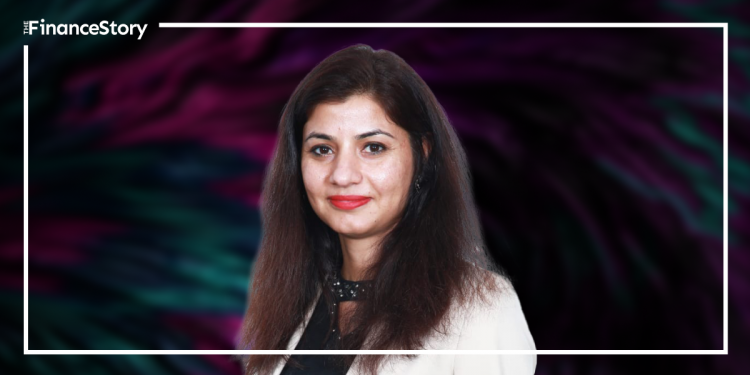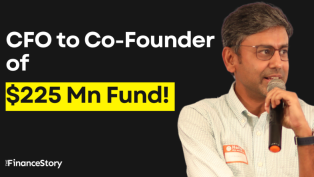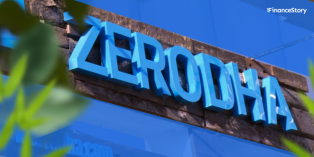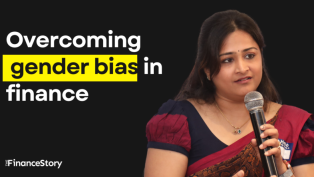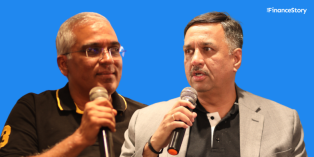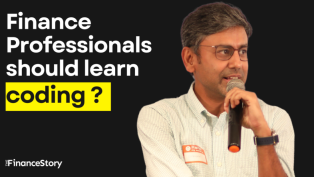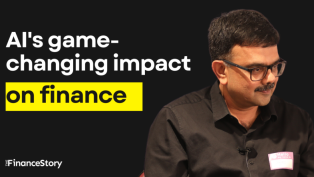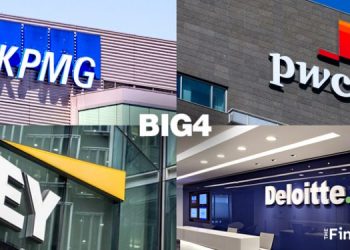- Meenakshi Dagar, a Chartered Accountant, former math Olympiad participant, and silver medalist, is today the CFO of Lenovo India.
- She says, that the finance function requires a joint decision of the CMO and CIO.
- Automation is everywhere, you have to study its impact.
- As part of Lenovo, she is looking at finance as a strategy and is very keen to study the impact of digital transformation.
TFS: What inspired you to get into finance?
Meenakshi – I have always loved numbers. I have loved numbers since childhood.
I was curious about P&L and was curious to learn everything about the business.
My father is an ex-serviceman, so despite my parents’ different plans for me, I opted to study commerce.
As I grew up, I finished my CA and was driven to understand everything in finance.
I even appeared in the National Mathematics Olympiad and won a silver medal.
All of this led me to pursue Chartered Accountancy!
TFS: Why is a CFO core to digital transformation? How do you define the role of a CFO in this modern world?
Meenakshi – I think the world is changing every day. It is changing faster than we can think. Both consumer and B2B segments are evolving with new methods of doing business.
Even organizations are changing every day.
The role of a CFO in today’s society is to enable growth while optimizing cost.
It is about understanding business synergies, knowing key growth areas, and managing the cost of operation.
The CFO has to drive cost efficiency and that can be driven with automation.
At Lenovo we are investing, we are growing, and we are finding the areas of business that offer balance and growth.
In finance, we have put a lot of effort into the cash conversion process, which is very important for any organization.
There are so many departments within a company, that are touch points to manage cash conversion and this needs to be tracked even after adapting to the latest tools, processes, and technologies.
It is about building the right checkpoints, and the right controls in the entire process of managing cash cycles. We have to put in a lot of effort to bring in the processes within finance, for example, the credit areas, financing areas, pricing & deal conversion.
When you are innovating, you must make sure that you have the right information about the leadership’s decision-making.
The CFO must be P&L-focused, but at the same time take care of the transformation.
So turns out, that a CFO does play a key role in driving digital adoption in a strategic way.
TFS: How do you keep pace with changing technologies, and new ways of working? How has your role evolved as a CFO?
Meenakshi – Let me say, this is not easy. As a CFO, I cannot sit back and relax that my P&L will work.
I challenge myself & my team constantly to look ahead at what is happening in the industry and the big data world.
We do so many sales today on the online platform and for that, we have to keep a constant tab on the pricing, which is very important.
As a CFO I must work on the pricing model and ensure that it works in a multi-dimensional sales world.
You need to have a 360-degree view of your team, competitors, and industry. What has worked today may not work tomorrow, which means you will have to keep tabs and challenge yourself.
As a CFO you will always have to enable growth.
Today the requirements are changing as the demand of the customer keeps evolving, and the CFO has to know this.
The CFO looks at innovation in business and finds ways to drive the production of the right product, mixed with dynamic pricing & financing models.
For this to happen I meet partners, stakeholders, and bankers to learn about the industry practices.
So yes, it is a great time to be a CFO as my role definitely goes way beyond finance, compliance, and the traditional CFO role.
TFS: You must be spending a lot of time with the CIOs of your company and also the CIOs of your partner. Do you see a CFO’s role also becoming a Chief Data officer’s role?
Meenakshi – Information is always useful to the CFOs, CEOs, and all the stakeholders in the organization. A CFO has to play a very close role alongside the CIO and CMO as well.
There are a lot of models evolving in terms of how you build the IT infrastructure, which is the most suited, again in the P&L structure because all CIOs do have budget limitations.
Deals can financially be structured in multiple ways. It cannot be just a CMO’s or a CIO’s decision. One has to convince all stakeholders in the organization.
In our case, we sell a device–as–service to have scalable technology & enable growth.
If all three forces (CIO, CFO & CMO), come together and every decision is made in a collaborative way, it will yield the best results for the organization to enable leaders to use real-time data for decision-making.
My advice to all my partners would be that yes, the moment you are making a decision for any new technology, please, talk to your CFOs to understand how OPEX versus CAPEX equation works.
Try to understand how long-term versus short-term ROI works, and I am sure it will give you the right results.
TFS: There are so many new technologies like Cybersecurity, Blockchain that is emerging. How do you as a CFO upskill regularly and advise younger people on the same?
Meenakshi – With the changing landscape of new-age technology, it is important to understand the intricacies of these technologies, how they can help us, and how we can use them to our advantage.
For me, my industry know-how comes with my regular connection with our key stakeholders, our partners, and a lot of industry veterans in the banking and tech space.
I believe in group idea exchange and learning.
With my team, we pick a subject relevant or trending in our industry and then we all discuss the topic in detail. This enhances our learning.
My advice is that we need to be like sponges to learn new things. Absorb it all and then convert the learning into tangible action.




